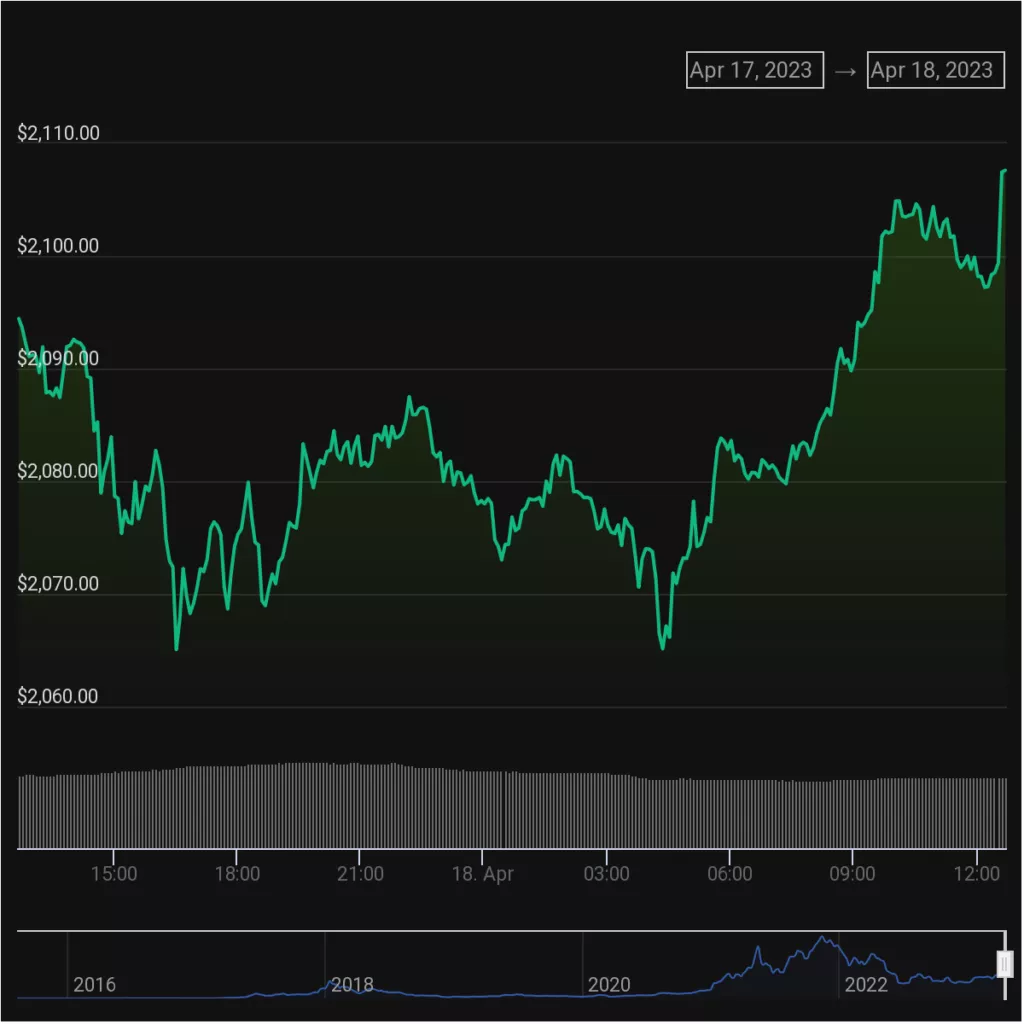Приток Ethereum в стейкинг впервые превысил объемы вывода

За последние сутки сумма депозитов в стейкинг Ethereum (94 968 ETH) впервые с момента активации хардфорка Shapella превысила объемы вывода (27 076 ETH). Об этом свидетельствуют ончейн-данные Nansen.

Соотношение депозитов и вывода ETH. Данные: Nansen.
Большая часть депозитов приходится на протокол Lido Finance — 30,9%. Следом идут биржи Coinbase (12,8%) и Kraken (6,8%).
В общей сложности после обновления в стейкинг добавлено 472 000 ETH. На момент написания пользователи уже вывели около 1,06 млн ETH.
Всего в сети заблокировано 18,68 млн ETH, включая вознаграждения — это составляет 14,5% от рыночного предложения монеты. В очереди на снятие находится 912 137 ETH.
Согласно данным Token Unlocks, из стейкинга ежедневно выводится $61,6 млн. Средняя цена покупки монет в стейкинге — $2137.
Эксперты Lookonchain зафиксировали, что кит с адресом satofishi.eth снял из разблокировал 15 886 ETH (~$33 млн) и перевел 1420 ETH (~$3 млн) на криптобиржу Binance.
satofishi.eth (@satofishi) withdrew 15,886 $ETH($33M) and transferred 1,420 $ETH($3M) to #Binance 13 hrs ago.https://t.co/sIxwiLOQLj pic.twitter.com/58GLkSYm3W
— Lookonchain (@lookonchain) April 18, 2023
В беседе с The Block аналитики Grayscale Мэтт Максимо и Майкл Чжао отметили, что вывод эфира из стейкинга происходит медленнее, чем ожидалось. Однако, по их мнению, в перспективе объем разблокированных средств продолжит расти.
«Мы считаем, что краткосрочное влияние обновления Shanghai на цену будет менее серьезным, чем первоначально предполагалось, из-за меньшего количества снятий и полных выходов ETH. Забегая вперед, мы думаем, что это бычье событие для Ethereum, поскольку снижение рисков стекинга может повысить базовый спрос на актив», — добавили эксперты.
Согласно данным CoinGecko, ETH торгуется по $2106, за сутки прибавив 0,9%.

График Ethereum. Данные: CoinGecko.
Напомним, криптобиржа Binance откроет вывод ETH из стейкинга с 19 апреля, в 5:00 (Киев/МСК).






 Bitcoin
Bitcoin  Ethereum
Ethereum  Tether
Tether  USDC
USDC  TRON
TRON  Dogecoin
Dogecoin  Cardano
Cardano  Bitcoin Cash
Bitcoin Cash  Chainlink
Chainlink  Monero
Monero  LEO Token
LEO Token  Zcash
Zcash  Stellar
Stellar  Litecoin
Litecoin  Hedera
Hedera  Dai
Dai  Cronos
Cronos  OKB
OKB  Tether Gold
Tether Gold  Ethereum Classic
Ethereum Classic  KuCoin
KuCoin  Gate
Gate  Algorand
Algorand  Cosmos Hub
Cosmos Hub  VeChain
VeChain  TrueUSD
TrueUSD  Tezos
Tezos  Dash
Dash  Stacks
Stacks  IOTA
IOTA  Basic Attention
Basic Attention  Theta Network
Theta Network  Decred
Decred  NEO
NEO  Synthetix
Synthetix  Qtum
Qtum  Ravencoin
Ravencoin  DigiByte
DigiByte  0x Protocol
0x Protocol  Nano
Nano  Zilliqa
Zilliqa  Siacoin
Siacoin  Numeraire
Numeraire  Waves
Waves  Status
Status  BUSD
BUSD  Enjin Coin
Enjin Coin  Pax Dollar
Pax Dollar  Ontology
Ontology  Hive
Hive  Lisk
Lisk  Steem
Steem  Huobi
Huobi  NEM
NEM  OMG Network
OMG Network  Bitcoin Gold
Bitcoin Gold  Augur
Augur  HUSD
HUSD  Ren
Ren